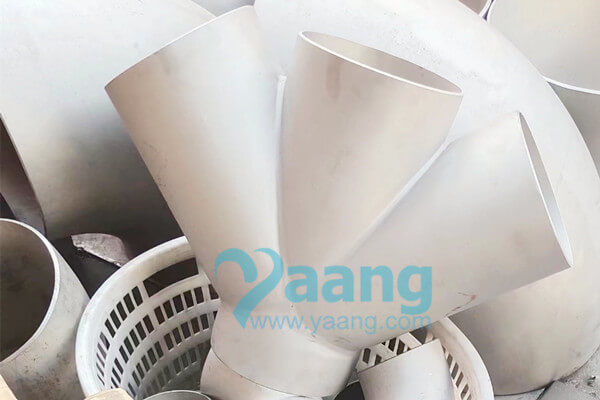Seamless wrought steel pipes are an indispensable component of many industrial processes. They are used for the transmission of fluids and gases in pipelines that operate under high or low temperatures and pressures. Of course, the dimensions and tolerances of these pipes must be standardized to ensure safety and consistency in their application. The ASME B36.10M specification represents the current standardization framework for seamless wrought steel pipes. This blog will explore the specifics of the B36.10M standardization process and how it affects the utility of seamless wrought steel pipes in industrial applications.

Overview of the ASME B36.10M Specification
The ASME B36.10M specification sets the dimensions and tolerances for seamless and welded wrought-steel pipes for high or low temperatures and pressures. It covers pipes with NPS (Nominal Pipe Size) of 1/8” to 80” and Schedule series: Sch 10, 20, 30, STD, 40, 60, XS, 80, 100, 120, 140, 160, XXS. The specification includes the standard nominal wall thicknesses for pipes of various sizes, which are referred to as Schedules. This ensures that a standard series of wall thicknesses is available throughout the sizes range.
The standard classifies pipes into two basic types based on the pipe-making processes; seamless and welded. The seamless pipes can be produced using a hot-rolling or cold-drawing process, whereas welded pipes can be made using several techniques including electric resistance welding, double submerged arc welding, and seamless pipe forming accompanied by weld. The B36.10M specification also includes a table of dimensions for the standard weight of welded and seamless pipe, maximum internal pressure rating, and the weight per foot of pipe with different dimensions.
The ASME B36.10M specification provides several key benefits to industrial applications. Firstly, standardization of dimensions and tolerances of the pipes ensures that there is a consistent quality of pipes across the industry. Industries that rely on pipes can be sure that they are getting pipes that meet the industry standards, are safe, and can perform their intended function. Secondly, the ASME B36.10M specification facilitates communication between buyers and suppliers by providing a common language for pipe dimensions. With the specified dimensions, applications can be designed with full understanding of the available pipe sizes and ensure the required pressure ratings are obtained.
Conclusion
Seamless wrought steel pipes are essential components of many industrial processes. The ASME B36.10M specification provides a robust framework for standardizing the dimensions and tolerances of seamless and welded wrought-steel pipes for high or low temperatures and pressures. The standardization of seamless wrought steel pipes is necessary because they need to be produced in line with industry standards if they are to be used safely and efficiently. Furthermore, B36.10M facilitates excellent communication between buyers and suppliers, which promotes consistency in the production of seamless wrought steel pipes. Sticking to industry standards enables seamless and welded wrought-steel pipes to perform satisfactorily while ensuring that the user or consumer is safe from potential harm.